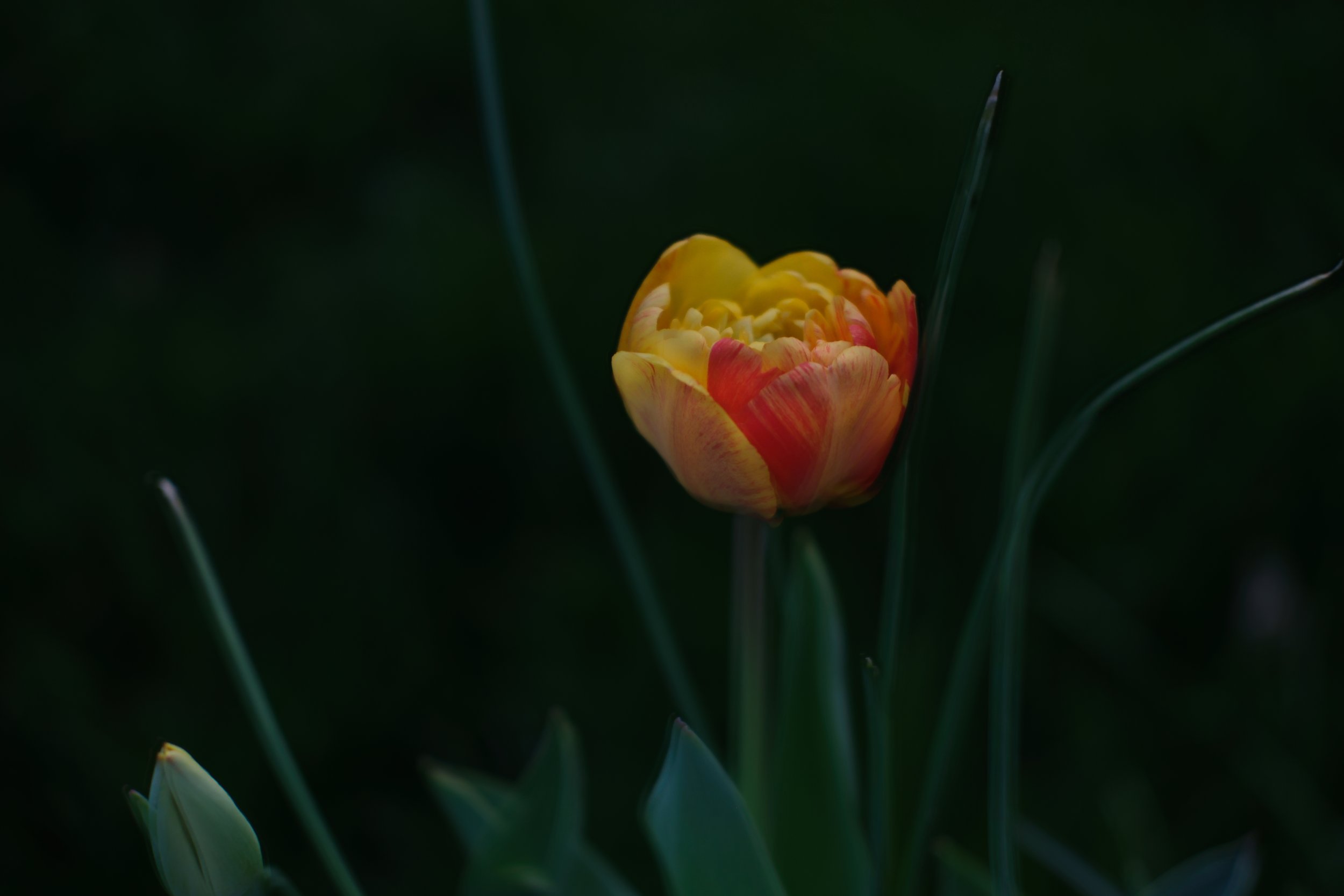Care Instructions
Each flower needs unique attention. Some flowers are fine out of water for many hours. Others will wilt within minutes of being cut if they aren’t placed in water.
These five simple steps will improve the quality of the blooms regardless of the variety - they will also increase the flower’s longevity.
-
If the vase is clear it’s easy to see if the water is murky, but if in a ceramic or metal vase, be sure to change out the water every two days. Always make sure there is enough water for each of the stems to make contact. Note there are some flowers, like tulips and ranunculus that don’t benefit from a full vase of water and prefer a couple of inches of water.
-
This is the biggest reason why a bouquet of flowers will wilt quickly. The leaves can cause bacteria to grow in the water which ultimately wilts the stems preventing water to get to the blooms. If you buy a bouquet and the stems have leaves below the water level, just strip those leaves. Not only will that help the hygiene of the water, but it’s also one less route the water needs to take as it makes its way up the stem and to the bloom.
-
All flowers have different lifespans - some delicate varieties only last a couple of days, while others can last weeks - some will even take root in a vase if you leave them long enough! Keep in mind that wilted flowers can cause bacteria in the water the same way leaves do, so be sure to remove the more delicate wilted stems to ensure each flower can last as long as possible.
-
While different flowers can handle different levels of light and heat outside, it’s important once they’re inside to keep them out of direct sunlight, as this will speed up their life cycle causing them to wilt faster. It also increases the flower’s need for water (much like our own when we’re outside on a hot sunny day). If you want your blooms to last, keep them where they are either getting indirect sunlight or artificial light.
-
If your stems are starting to look a little down try giving them a fresh cut. Sometimes the end of the stems harden off and are no longer able to take in water - if you cut a tiny amount off the end on an angle, you’ll allow the most surface area to take in the water.

